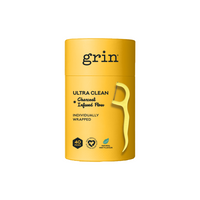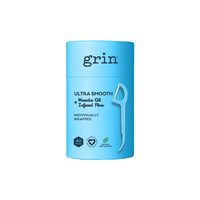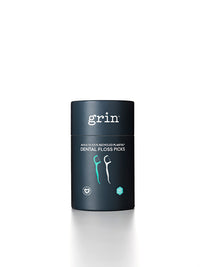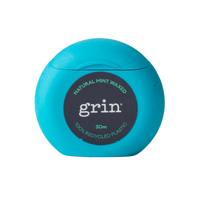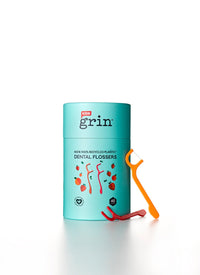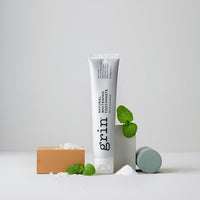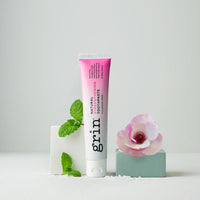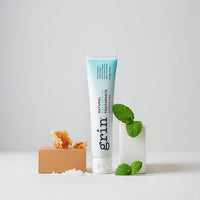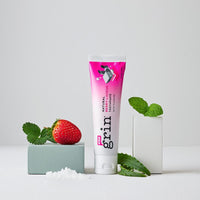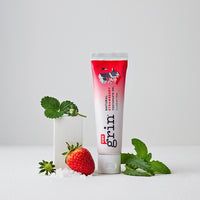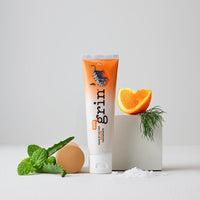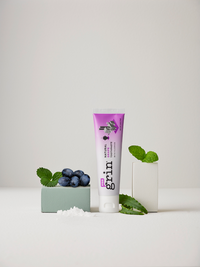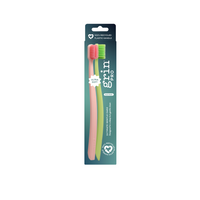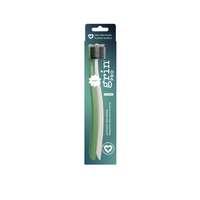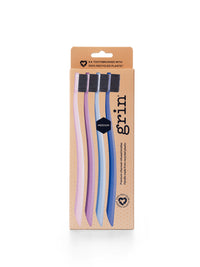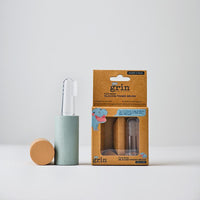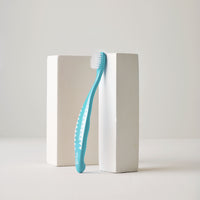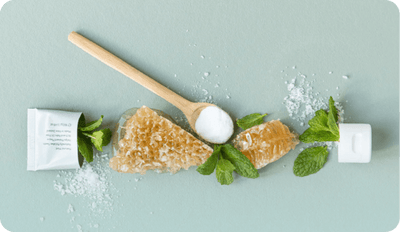Gingivitis Prevention Strategies
Gingivitis may be a word you’ve heard before – it’s often said in toothpaste commercials, mouthwash commercials, and even toothbrush commercials. But do you actually know what it is?
According to the Health Navigator New Zealand, gingivitis is inflammation of the gum tissues surrounding the teeth. The primary cause of it is plaque – yep, that fuzzy, filmy stuff that builds up on your teeth throughout the day.

To put it simply, plaque is bacteria – a living biofilm in your mouth, that causes inflammation, bad breath, and bleeding when not removed daily and thoroughly. It can be found on your teeth, your gums, your tongue, your cheeks, and the roof of your mouth. It’s even present in your child’s mouth. Hard to believe, right?
Because children are susceptible to the same bleeding, inflammation, and bad breath caused by gingivitis, thorough removal of plaque each day is an absolute must for them! But how exactly do you help them do that? I’m going to break it all down for you in this article. Let’s get started!
Step 1: Floss First
For my patients who don’t floss regularly (or do so ineffectively), gingivitis is often found in the gums between their teeth. Why is this? Because toothbrushing alone is NOT enough to prevent gingivitis. It is simply not possible for the bristles of the toothbrush to extend between the teeth to remove plaque effectively.
Flossing is necessary to remove plaque from the sides of the teeth and under the gums between teeth. For a child aged 7 or younger, you’ll need to help with this step; to floss properly requires a lot of manual dexterity which children do not possess until they’re older.
Flossing should be done at least once a day, ideally at night before brushing the teeth. Why should it be done first? Flossing first removes the plaque build-up between the teeth allowing the protective ingredients in toothpaste to fizz up between the teeth and protect these sites. In my house, I’m a big fan of using Grin Kids biodegradable flossers to clean my 5 year old’s teeth. These picks are sturdy, environmentally friendly, and highly effective at plaque removal. When flossing, I like to keep a paper towel on hand to wipe the flosser off in between uses – this way I know I’m removing the plaque and not just moving it around from site to site.
Step 2: Brush Second
Now that you’ve removed plaque from between the teeth, you’ll need to clean it off the front and back surfaces of the teeth - that’s where toothbrushing comes into play. Plaque that collects at the gumline (the area where the tooth and the gum meet) is a recipe for gingivitis when it’s not removed daily, so you’ll want to make this an area of focus while brushing. To ensure proper removal of plaque, angle the toothbrush bristles 45 degrees down toward the gumline using small, gentle circles to break up the plaque. The New Zealand Dental Association has helpful demonstrations of this technique on their website.
I’m a big fan of using Grin Kids toothbrushes for brushing my little guy’s teeth. The bristles are soft, yet firm, and provide for thorough removal of plaque while still being gentle on his gums.

Now, I do want to give you a word of note here – if you don’t normally floss under the gums or brush your child’s teeth this way (with the bristles angled downwards towards the gums) you may notice bleeding the first few times you do it. This is likely due to bacteria living at and below the level of the gumline – as you clean these germs out, you should notice the bleeding become less and less over a period of days (it could take up to 7). If the bleeding does not subside fully after 2 weeks, see your child’s dentist.
Step 3: Use Mouthwash for an Older Child
Once your child reaches puberty, nearly 100% of kids will experience gingivitis. Why is this? It’s due to a number of things, including changing hormone levels, decreased brushing and flossing, and poor diet. If your child is a pre-teen or teenager, mouthwash can be used as an additional adjunct for killing the bacteria that cause gingivitis. Look for a rinse that contains the ADA seal of approval and specifically states it’s for killing the germs that cause gingivitis.
Step 4: Maintain Regular Dental Visits
Regular dental check-ups with a pediatric dentist will help ensure your child mouth’s is indeed staying healthy. What you may think is “normal”, may actually be gingivitis. In fact, studies have shown that by age 4 or 5, at least 50% of children have gingivitis. Your child’s dentist or hygienist can help you monitor their oral condition, and give you tailored advice to address what’s happening.
I would like to leave you with this kernel of wisdom before I go: healthy gums do not bleed. I’ve had plenty of patients (including adults!) that thought it was “normal” for their gums to bleed when they floss and brush – bleeding is neither normal nor healthy. When you notice bleeding, it needs to be addressed. Your dentist and hygienist can show you how.
About the Author
Katie Steger, BSDH, is a dental hygienist and mom and the founder of @healthyteeth.fortots, an Instagram platform designed to provide early childhood oral health education and support to parents with dental anxiety. Katie is passionate about oral health education, the impact of nutrition on the developing dentition, and educating parents and families on strategies to make oral hygiene more accessible. Resources can be found on her website: www.KatieRDH.com
